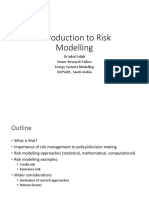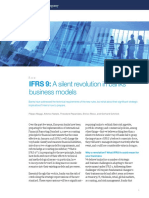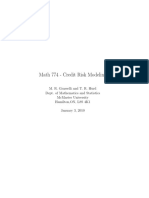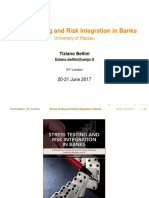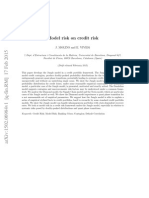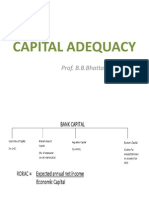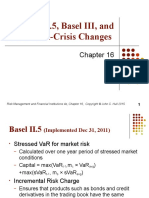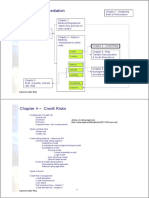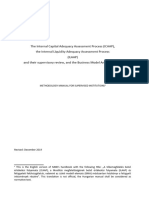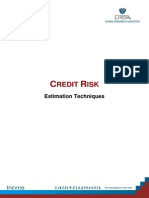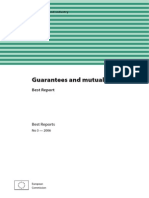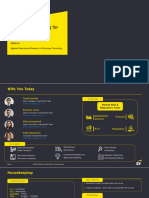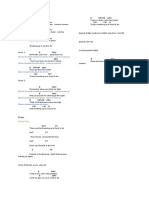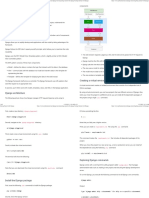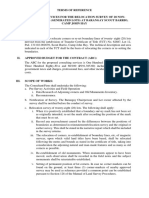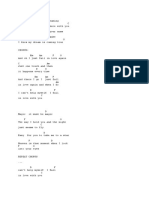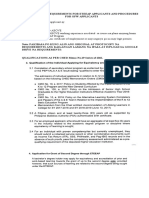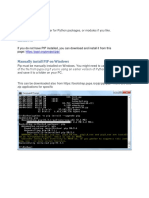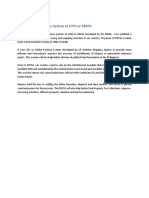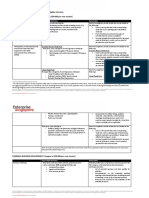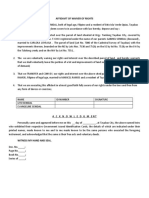0% found this document useful (0 votes)
212 views3 pagesPython for Credit Risk Analysts
The document discusses credit risk analysis using Python. It describes the process as: [1] Reading and downloading credit ratings from Outlook inbox, [2] Saving PDF attachments and converting them to CSV files, [3] Displaying credit rating migration tables by industry, and [4] Zipping CSV files and sending reports to stakeholders. Python code is provided to convert PDFs to text and display credit rating migration matrices. The analysis examines the probabilities of credit rating changes for bonds currently rated Aaa and Baa1.
Uploaded by
Campus BitCopyright
© © All Rights Reserved
We take content rights seriously. If you suspect this is your content, claim it here.
Available Formats
Download as DOCX, PDF, TXT or read online on Scribd
0% found this document useful (0 votes)
212 views3 pagesPython for Credit Risk Analysts
The document discusses credit risk analysis using Python. It describes the process as: [1] Reading and downloading credit ratings from Outlook inbox, [2] Saving PDF attachments and converting them to CSV files, [3] Displaying credit rating migration tables by industry, and [4] Zipping CSV files and sending reports to stakeholders. Python code is provided to convert PDFs to text and display credit rating migration matrices. The analysis examines the probabilities of credit rating changes for bonds currently rated Aaa and Baa1.
Uploaded by
Campus BitCopyright
© © All Rights Reserved
We take content rights seriously. If you suspect this is your content, claim it here.
Available Formats
Download as DOCX, PDF, TXT or read online on Scribd
/ 3

